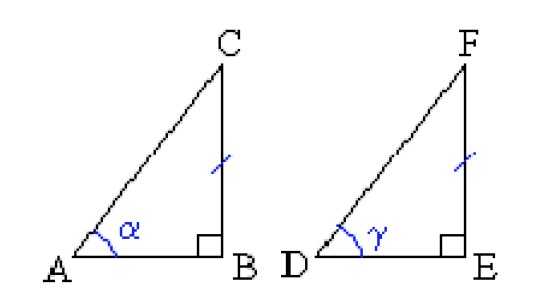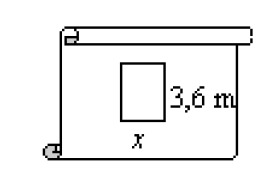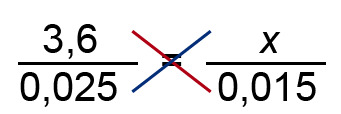1. Congruent and similar figures
Congruent and similar figures
The image below shows triangles ABC and DEF. These two triangles are congruent. This can be denoted as follows: ABC [[$ \cong $]] DEF. The symbol [[$ \sim $]] means that the two figures have the same shape, whereas the symbol [[$ = $]] means that they are of the same size. Thus, the two triangles are completely identical.

The sides BC and EF of the two triangles are considered to be corresponding sides. The angles [[$ \alpha $]] and [[$ \gamma $]] are considered to be opposite angles. In general, the similar parts of congruent figures are considered one another's corresponding parts. What other corresponding parts can you find from the two triangles?
All the corresponding parts (sides and angles) of congruent figures are equal.
Similar figures can be thought of as being created by multiplying or dividing the sides of a figure by a certain number. A similar figure has the same shape as the original figure, but its size is different. The corresponding angles of the two figures remain equal. The sign for similarity is [[$ \sim $]].
In similar figures,
- the geometric shape is exactly the same.
- the corresponding angles are equal.
- the corresponding sides are proportional.
NB! Congruent figures are also always similar figures.
Finding similarities between figures makes solving many geometric problems easier. For example, the ratio of the lengths of the corresponding sides of the uniform shapes remains the same. This means that a comparison can be made in order to solve the length of the unknown side.
Example 1

Sam has drawn the designs for a small hut. In the drawing, the floor of the house is a rectangle with side lengths of [[$ 2,5 $]] cm and [[$ 1,5 $]] cm. In reality, the longer side of the floor will be [[$ 3,6 $]] m long. What is the length of the shorter side?
Solution:
Before a proportionality can be used, the dimensions must be expressed in the same unit.
[[$ 2,5 $]] cm [[$ = 0,025 $]] m and [[$ 1,5 $]] cm [[$ = 0,015 $]] m
In order for a life-size floor to conform to the design, the proportions of the lengths of the corresponding sides must be the same.
 |
Cross-multiplication is applied. |
| [[$ \quad \begin{align} 0,025x &= 3,6 · 0,0015 \space ||:0,025 \\ \\ 3x &= \dfrac{3,6 · 0,0015}{0,025} \\ \\ x &= 2,16 \\ \\ x &\approx 2,2 \end{align} $]] |
Answer: The length of the shorter side of the floor is 2,2 m.
NB! The comparison can also be written by calculating the ratios of the lengths in the first pattern and comparing them to the ratio of the corresponding lengths in the second pattern. The same result is obtained by writing the previous comparison in the form [[$ \displaystyle\frac {0,025} {0,015} = \displaystyle\frac {3,6} {x} $]].
Exercises
Basic exercises
Applied exercises
Challenging exercises
3/01. Submission folder for answers
Sinulla ei ole tarvittavia oikeuksia lähettää mitään.